Talking about stereotypes bisexual people face
Pink, purple and blue stripped flags represent bisexuality.
It is 1993, and a young college student is attending the University of North Texas. She hears another girl talking about her ex-girlfriend, but she currently has a boyfriend. A look of confusion goes across her face, and she is told that this girl is bisexual. “You can do that?” she thought.
Susan Harper realized her bisexual identity in college after dating only men in high school. She is now the director of the Center for LGBTQIA+ Student Success, which is located on the fourth floor of the Memorial Union at Iowa State University.
Bisexuality is the attraction toward people of your gender as well as a different gender or to both men and women. According to the Movement Advancement Project, 52% of the LGBTQIA+ community identifies as bisexual.
Madison Mason, a senior in women’s and gender studies, is the president of Pride Alliance at Iowa State University. She identifies as queer and falls under a bisexual spectrum.
“People will use the concept of bisexuality as a weapon,” Mason said.
There are a lot of different stereotypes that surround the idea of being bisexual. According to Harper, these false assumptions include being more prone to cheat, trying to be “edgy,” that bisexual people are lesbians in denial, bisexual people are hypersexual and they’re polyamorous. Polyamory is having more than one relationship at a time with the consent of everyone involved.
Another stereotype that Harper has seen is that bisexuals are “half straight and half gay.” According to Pew Research Center, 40% of bisexuals say they are equally attracted to men and women.
Harper describes herself as a “mostly lesbian-identified bisexual woman.” She was once married to a man and has now been with her wife for 13 years and married for six years.
“There are people who just assumed that I had gone from straight to gay and sometimes got really uncomfortable when I’m like, ‘no, no, still bisexual over here,’” Harper said.
Harper has experienced certain people refusing to date bisexuals despite whether or not they are also in the LGBT community.
“There were women who basically thought that bi women were somehow nasty or polluted because we dated men,” Harper said.
Jenna Weber-Haffner is the international student engagement coordinator at Iowa State University. She identifies as bisexual or queer. She said she knew for about seven years before admitting it to herself.
“It’s that inner voice that I think a lot of bisexual people experience of like, ‘I don’t know that I belong,’” Weber-Haffner said. “I feel like an imposter here, especially if they’re in a heterosexual-presenting relationship. That can be really hard because then you feel like you don’t fit in with the space.”
Weber-Haffner and Mason both agreed that sexuality and gender are fluid, and a lot of the time the label people use to identify themselves changes.
Most people in the LGBTQ community understand that sexuality and gender can be a fluid and changing thing, according to Weber-Haffner.
“Let’s say someone comes out as bi and then later decides they want to come out as lesbian or gay, that does not mean that at that point in their life that they were confused,” Weber-Haffner said.
According to Sex and Psychology, bisexual people are often seen as “sexually confused and highly promiscuous.”
“Well, we’re confused about a lot of stuff but not about being bi, because we’re humans,” Harper said.
According to Stonewall, 20% of bi people are out to their families compared to 63% of gay men and lesbians.
“We live in a world where something could go wrong so easily by uttering the words. You just have to be careful, and you have to be safe about it,” Mason said. “At the same time, embrace it and let yourself feel free and let yourself feel joy because everyone deserves that kind of experience when they come out. Bisexual people do exist, and they’re valid in any form of identifying that they do.”
More information and resources visit [email protected] or call 515 294-5433.
Your donation will support the student journalists of the Iowa State Daily. Your contribution will allow us to purchase equipment, send our student journalists to conferences and off-set their cost of living so they can continue to do best-in-the-nation work at the Iowa State Daily.

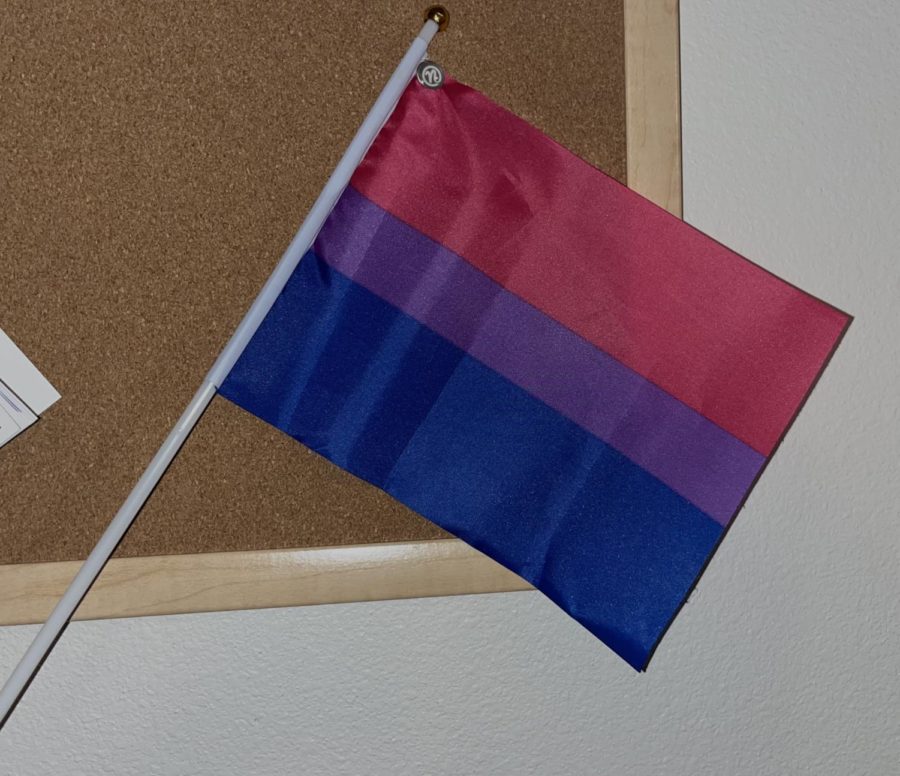
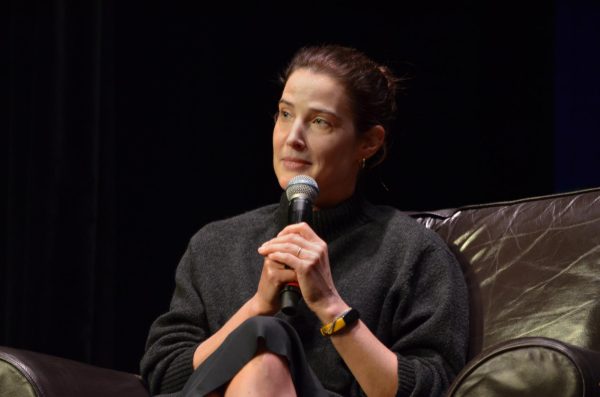




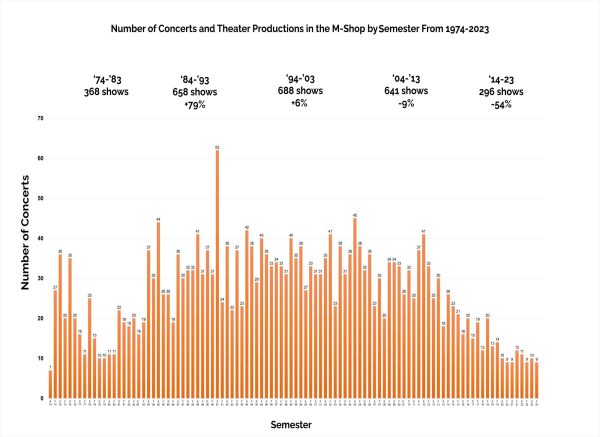
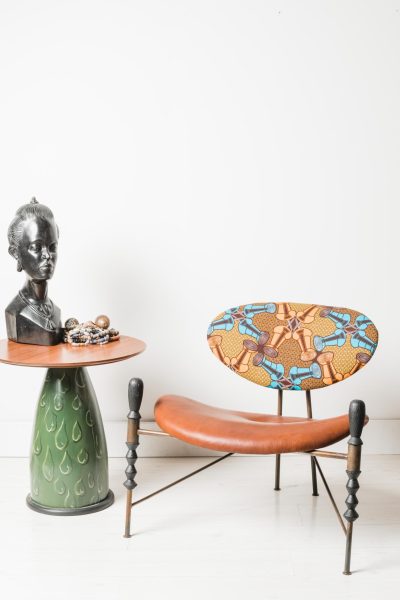
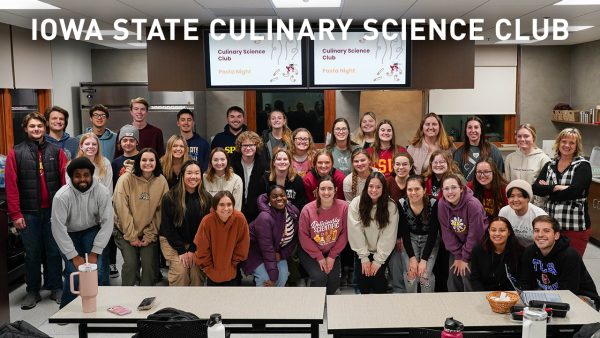

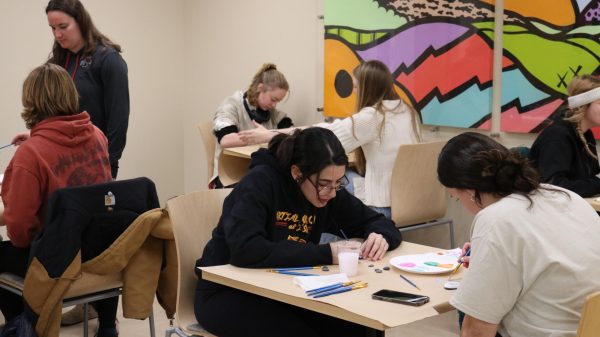

Alison | Nov 9, 2022 at 2:41 pm
It seems like you stole or repeated an article idea from someone in your org. What’s the point of this story other than being performative filler? You guys had much better written articles on bi-erasure and stereotypes that brought a new light to the topic just a month ago. How is that something you missed unless you don’t bother to read those types of stories? There’s also no need to point out the sexuality people identify within an article on stereotypes people who are bisexual experience. Not surprising when the only form of intersectionality done right comes from the diversity section… seems like this is a bigger issue that needs working on